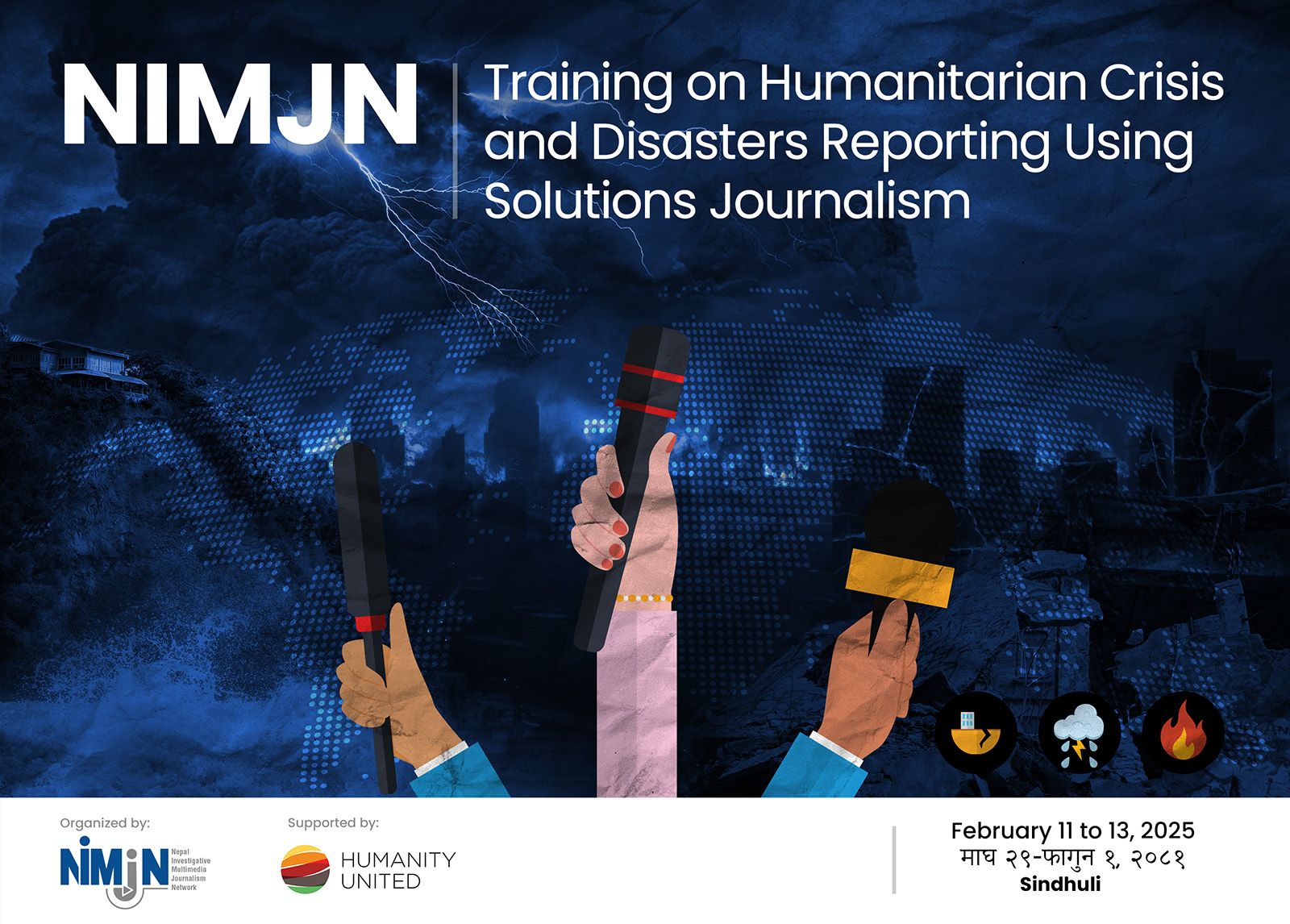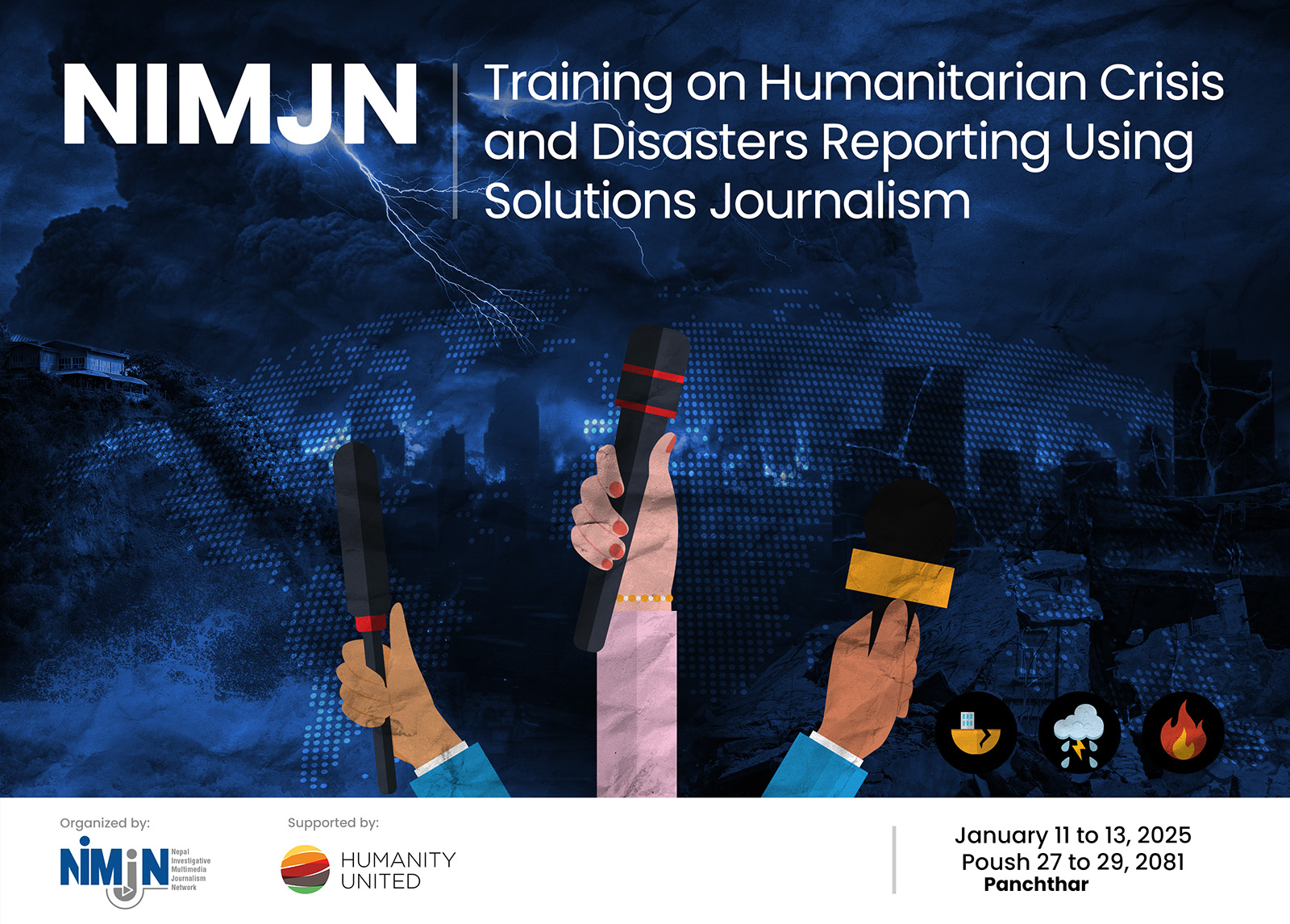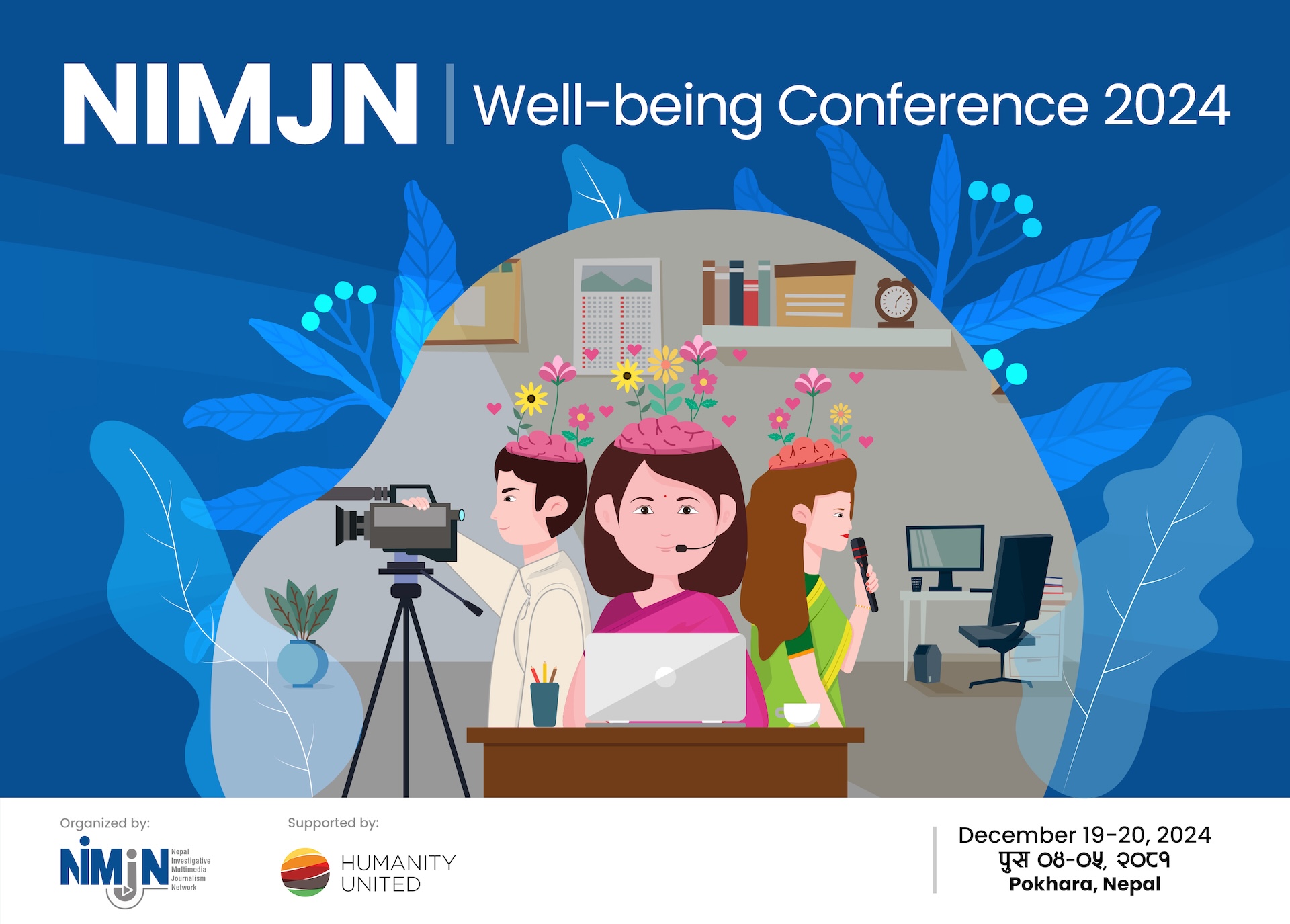Through our collaborative reporting initiative, we have been working closely with journalists from all seven provinces in Nepal for the past two and a half years. Our main objective is to build a network of investigative reporters where investigative journalists could work together to bring important stories to light and hold those in power accountable.
As the pandemic hit Nepal in 2020, we launched the initiative and brought together 23 journalists, working in 10 teams. We investigated social justice issues and accountability surrounding the pandemic. The stories include how COVID-19 became a poaching epidemic; mismatch between people’s needs and government’s priority; impact on patients with chronic non-communicable diseases, pregnant women and people below the poverty level; and also on COVID-19 patients at the mercy of unchecked machines. Many worked from three to six months on their stories.
Here are some of the lessons learned:
- Collaborative reporting is not as hard as we thought. As journalists compete for breaking stories, we initially thought it will be difficult to bring journalists reporting in various outlets to work on stories together. Each team ideally had two or more members from different outlets. Most of the team worked well. Work was divided based on geography, story structure, and expertise. Stories were co-published in multiple media outlets. “We learned from each other more and understanding different perspective was important,” Bhawani Bhatt from Kantipur Daily said.
- Regular updates are vital: Regular meetings were also done through zoom, messenger, regular phone calls. These meetings were used for safety checks, challenges faced, and some of the key findings. These meetings helped to understand where each team was at and to discuss the next steps. “It was important to keep the stories on focus and not lose it on what we were investigating,” Sonam Lama, a freelance journalist, said.
- Safety during the pandemic: Safety of journalists during COVID-19 turned out to be of serious concern as journalists were working without proper safety gears and insurances in Nepal. We trained them on safety protocols. Even after following the safety protocols, some of the team members got COVID-19 while doing the stories. One had to be hospitalized. Regular updates, online doctor counseling, and sharing among the members helped to understand the situation better. Safety gears and equipment, COVID-19 insurance was very useful. “We weren’t aware about safety protocols before. So, the training and safety gears that we received was helpful,” Ranjita Sharma, a journalist from Dang, said.
- Digital tools are handy: During the pandemic as many experts and sources would not like to meet in person, Facebook, Twitter, Skype, Messenger, Zoom, Google Meet were used for interview purposes.
- Field visits are important: Even after using the digital tools, field visits are important for pictures, videos, and narration in the story. They give context to the story as details are very important.
- Multimedia tools are useful in telling stories: Each story has text, photo, video, and data elements. These tools helped to better engage with the story. Each element was divided based on expertise and interest. “We did the video story at the end after completing the text story and that was effective,” Tanka Dhakal, senior reporter at Desanchar.com, said.
- Mentoring helps: During each regular update session, we mentored them on how to proceed ahead. Providing them documents, contact details and suggestions inspired them to take the story forward. “We got enough feedback on our stories that normally doesn’t happen in Nepal,” said Krishna Adhikari, reporter with Himalaya TV.
- Fact-checking is important. All the team members were trained on fact-checking processes, and it helped them throughout the story. “We learned a systematic way of doing fact-checking that was useful and we implemented it in our story’s process,” D. Sinal, a freelance journalist from Kanchanpur, said.
- Investigative reporting takes time: Investigative reporting undoubtedly takes time, but it is even time consuming during the pandemic situation as journalists have the challenging task of gathering and disseminating accurate information. A team of reporters has been filing right to information requests at government offices in obtaining information and they are not yet lucky to receive all. But they are still working on it.
Collaborative reporting is new in Nepal but with the interest and enthusiasm among reporters, it is likely to attract more journalists doing important stories together and holding the powerful accountable.
If you want to check some of our stories visit: https://www.nimjn.org/
Originally published on https://n3con.com/magazine/collaborative-reporting-initiative-sheds-light-on-social-justice-issues-pandemic-in-nepal/



